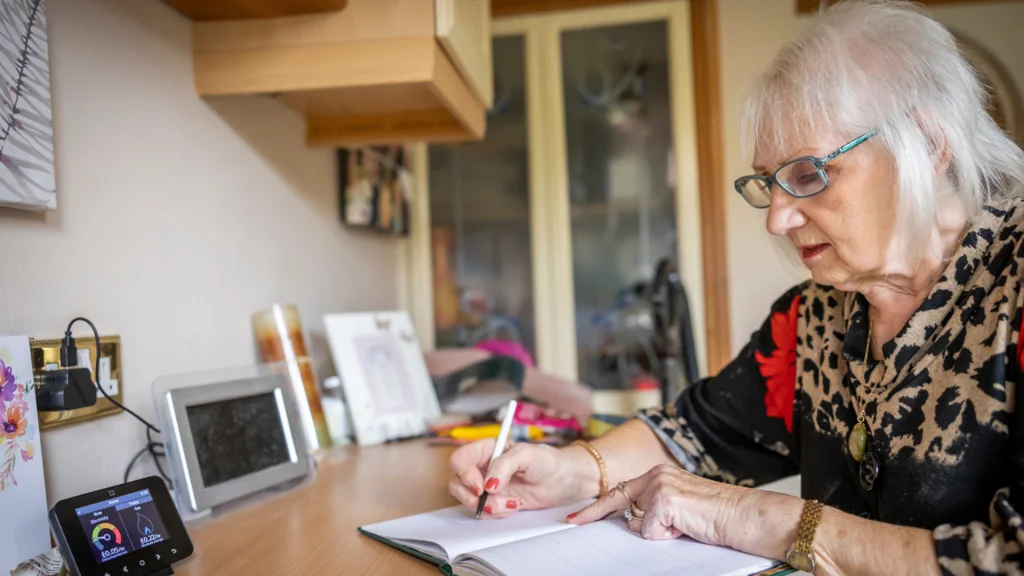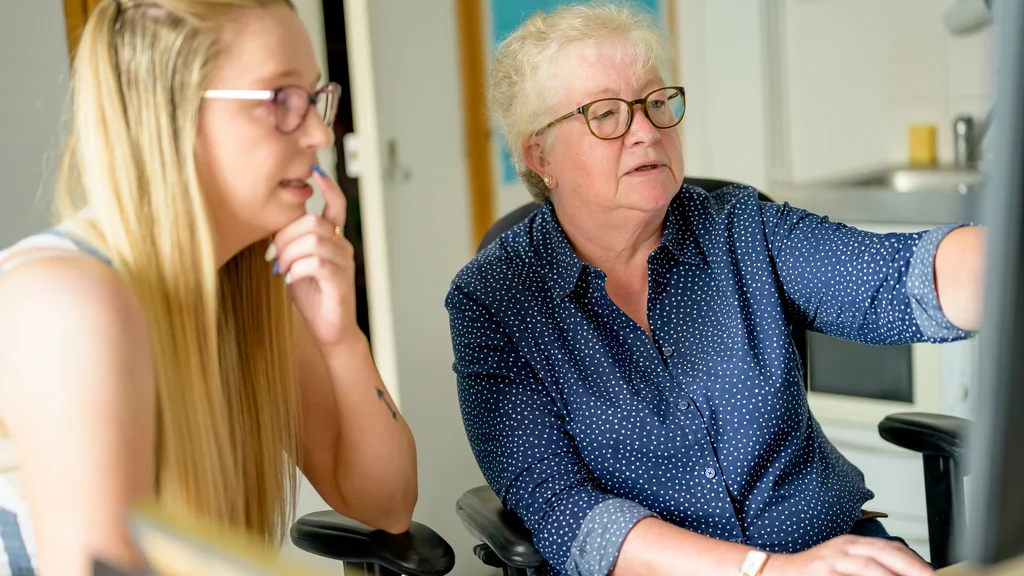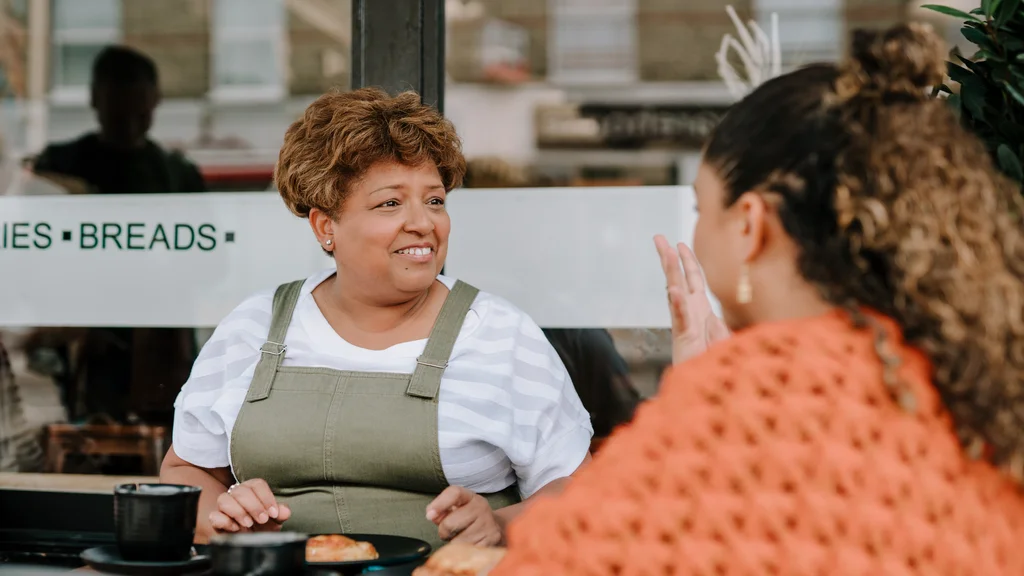Why your communications matter
We have an ageing population, with 38% of adults now over the age of 50. Older age groups are an increasingly important audience for most organisations and businesses - in terms of audience share, influence and as consumers. Age is also a protected characteristic under the Equality Act 2010. And yet ageing and older people are often negatively portrayed or underrepresented in the mass media.
When we talk or write about ageing and older people, it’s essential to break away from generalisations and outdated ideas, and that we take care with the language and phrases we use.
These five top tips will help you to create materials and content that are engaging and appeal to all ages.
Our views on ageing are often based on stereotypes and misconceptions about ageing. In public life, being older is strongly associated with decline and dependency – or at the other end of the scale characterised by power and affluence. A variety of assumptions are also made about older people, their characters, capabilities and interests.
The reality is that our experiences of ageing are incredibly diverse and dependent on a variety of factors, including our wealth and our health. It is important not to let age-related stereotypes affect how we frame communications, or how we speak about or to different audiences.
Do:
Focus on the abilities and experiences of people as individuals rather than making assumptions or generalisations about their circumstances, and what they are like or interested in based on their age.
Don't:
Patronise. It is true that many of us will experience ill health and changing mobility as we get older or other life events, such as bereavement, that require support. Discussing these issues is important in the right context. But, like age, these challenges don’t define us – or make us any less valuable or worthy of respect as we get older. Avoid ‘compassionate ageism’, where older people are portrayed as inherently vulnerable and requiring protection – even if it is well intentioned.
Over-do the positivity. In trying to avoid negative stereotypes, you might want to highlight people defying them. But balance and authenticity are key – running marathons in our 80s isn’t realistic for many of us. By all means, highlight extraordinary people – but try always to reflect a range individuals and experiences.
Our older population is more diverse than ever before – in terms of ethnicity, sexuality, family structure and the way we live our lives. And this diversity is set to increase as younger, even more diverse generations grow older.
Do:
Give a platform for a range of people and voices. Older people are underrepresented in many forms of media, particularly those from minority backgrounds or groups, or people who are less well off. Including the views and experiences of different types of people in your comms is a really effective way to highlight authentically the diversity of ageing and makes sure we can all see and be seen.
Avoid references that make older people sound like one homogenous group in society, rather than individuals with varied needs and interests.
Use terms that are precise and accurate. The terms older adult or older person/ people should be the standard if there is a clear need to reference the age of a person or group.
Do:
Use older adult(s), older person/ people, older age groups, people in later life. However, try to avoid writing in a way that encourages generalisation or implies older people are a group that’s separate from the rest of society.
Refer to people by their names and don’t reference their age if not completely relevant to the material.
Don't:
Use terms like ‘the elderly’ and ‘OAPs’ which our research shows people don’t like. Don’t refer to someone as Grandma or Grandad as a descriptor if it isn’t true and relevant to the content.
Use offensive cliches, names and tropes like ‘wrinklies’ ‘over the hill’ or ‘you can’t teach an old dog new tricks’. Using the term bedblockers, or calling people in care homes ‘patients’ is dehumanising and can be highly offensive.
Imagery used alongside stories about older people often caricatures later life. It is important to show diverse and realistic representations of ageing.
Do:
Keep images realistic. Avoid unrepresentative images such as older people skydiving or an image of ageing which is overly medicalised or based on people being frail or dependent.
Use our free image library, containing hundreds of photos of people aged 50 and over in a range of settings to highlight the diversity of later life.
Avoid close-ups of wrinkly hands clasped together. The widespread use of this kind of image in the media is lazy and dehumanising. If you need to use an anonymous image, there are many more creative ways to do this.
The idea of an ‘intergenerational conflict’ between older and younger generations is prominent in public life and is unnecessarily divisive.
Do:
Challenge binary thinking about age. While views vary across age groups, the majority of the public don’t agree that older people benefit at the expense of younger people. The stereotype of rich baby boomer is often used in the media, much less discussed are the millions of older people in poverty. And our ageing society is often framed as a burden, when research shows older adults are the most likely to volunteer, vote and provide unpaid care, alongside their contributions to the economy as workers and consumers.
Don't:
Make generalisations about different age groups and how they think, feel or act. These are often inaccurate – sometimes offensive - and mask the very real challenges people face at all stages in life, as well as the things that we all have in common across age groups.
Use terms like ‘boomer’ and ‘snowflake’ – ageism cuts both ways and is detrimental to everyone.



